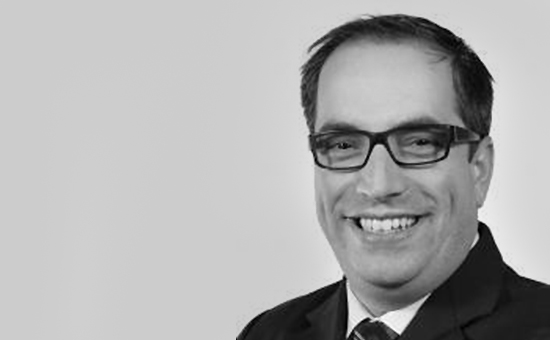In his paper “Competencies, Clusters, and Star Performance at a Leading PE Firm”, published in the Journal of Private Equity, Turetsky tried to analyse why some people became such outstanding stars in their professions and made considerably more money or had considerably more success whilst others didn’t.
Examples are basketball player Kareem Abdul-Jabbar, actress Cloris Leachman and Microsoft founder Bill Gates. Abdul-Jabbar’s 38,000+ career points made him the all-time NBA points leader, Leachman’s eight US Emmy Awards made her history’s most awarded TV actor, and Bill Gates’s 75 billion dollar wealth catapulted him to the top of the richest people on earth. “In other words, they and people like them account for a far greater portion of success than a bell curve would predict,” says Turetsky.
To explore why, Turetsky conducted an in-depth study of one of the world’s leading private equity firms. “Since it is relatively easy to attribute value within PE to individual investment professionals, the industry turned out to be a very good laboratory for this type of work, and the findings apply across industries,” he says.
During his study he found that the more “competencies” a person has, the more these competencies reinforce each other. For example:
- An exceptional strategic thinker may be valuable but if there is not enough energy to drive change, the value of the initial competency will be lost.
- However, if you add high energy to a strong strategic thinker, you achieve “multiplicative reinforcement”, meaning that both competencies make each other even more valuable.
- If you add strong influencing skills to the above mix, the person will benefit from multiplicative reinforcement again, moving closer to the outperforming tail of the power curve, and closer to becoming a “star”.
Unfortunately, examining the opposite side revealed a shocking truth, as Turetsky found: “A surprisingly large number of people within any environment seem to create little to no value,” he writes and quotes Warren Buffett who recently observed that in corporate America, it seemed that “lots of employees aren’t doing anything.”
According to Turetsky organisational behaviour researchers propose that within a typical organisation, the top decile of workers create 30 per cent of value, and the top quartile creates 50 per cent. “To make matters worse, some employees may be so lacking in competencies that they are caught in a negative reinforcement trap, with the interdependent multiplicative reinforcement phenomenon working against them,” he explains. “If someone is a poor strategic thinker, has low energy and is poor at influencing others, it is unlikely that fixing any one of these will lead to an exceptional or even acceptable performance.”
This leads Turetsky to question how companies could best train and develop their people. Designing programmes to focus on the average employee or average situation does not seem adequate in his opinion. His study rather indicates the following:
- Companies should focus on opportunities to use multiplicative reinforcement to their advantage.
- By studying their extreme outperformers, they could use these learnings to train people who don’t quite measure up but have the opportunity to get there.
- Employees with a strong suite of skills who are lacking in a core area (such as the great strategic thinker who is poor at influencing people), they could train specifically in this core skill.

